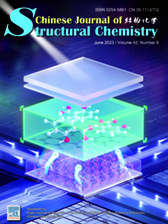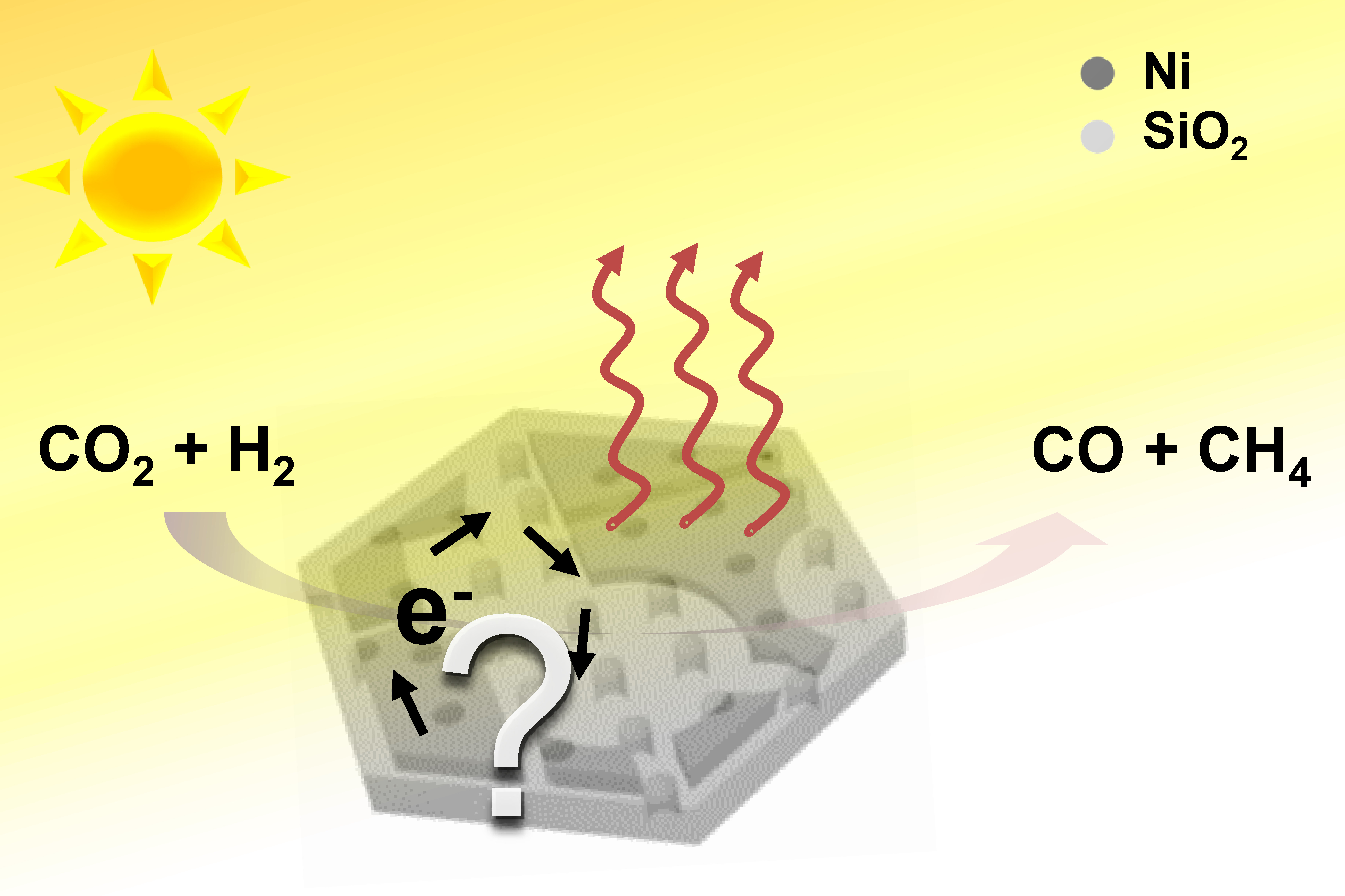
Cover Picture
UV-resistant salicylic acid as interface modifier for efficient and stable perovskite solar cells
Guo-Bin Xiao, Zihan Fang, Shengrong Yang*, Jing Cao*, Yu Tang* Submit a Manuscript
UV-resistant salicylic acid as interface modifier for efficient and stable perovskite solar cells
Guo-Bin Xiao, Zihan Fang, Shengrong Yang*, Jing Cao*, Yu Tang* Submit a Manuscript
Identification of photochemical effects in Ni-based photothermal catalysts
Yuyao Xi, Mujin Cai, Zhiyi Wu, Zhijie Zhu, Jiahui Shen, Chengcheng Zhang, Rui Tang, Xingda An*, Chaoran Li*, Le He*
Chin. J. Struct. Chem., 2023, 42: 100071. DOI: 10.1016/j.cjsc.2023.100071
June 15, 2023
Photothermal catalysis; Photochemical catalysis; Carbon dioxide hydrogenation reaction; Nickel-based catalysts; Localized surface plasmon resonance
ABSTRACT
Photochemical catalytic processes can reduce the activation energy so that reactions can occur under milder conditions. However, it is still unknown whether photochemical effects are present in photothermal catalysis over conventional transition metal materials. Herein, the representative photothermal CO2 hydrogenation catalyst, Ni@p-SiO2, is employed as a model system to quantitatively probe the contribution of photochemical effect. Through a series of catalytic and photophysical characterizations, it is found that negligible photochemical effect in the ultraviolet-visible region can be observed for the traditional Ni-based catalyst. The results of photoelectrochemistry (PEC) test further confirm that no apparent photochemical effect is present for the Ni@p-SiO2 catalyst in the aqueous-phase environment. It has been further evidenced that the photochemical contributions can be significantly amplified by introducing plasmonic metals, such as Au, into the system. This work provides a guideline for the design and construction of efficient synergetic photothermal-photochemical catalytic systems.







